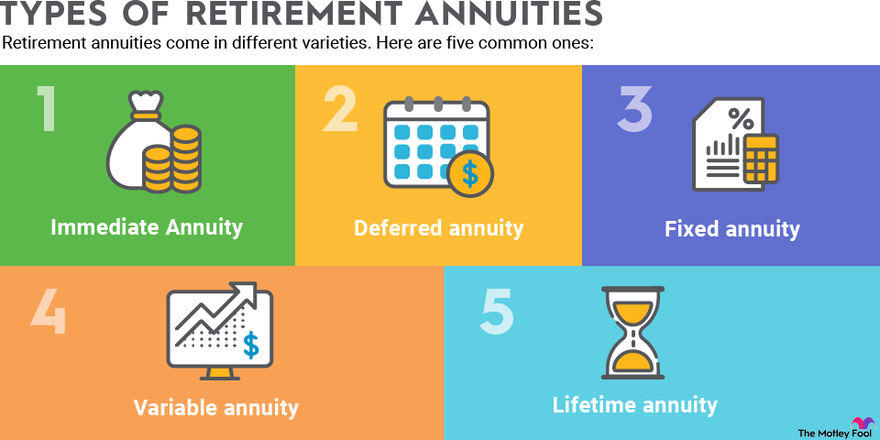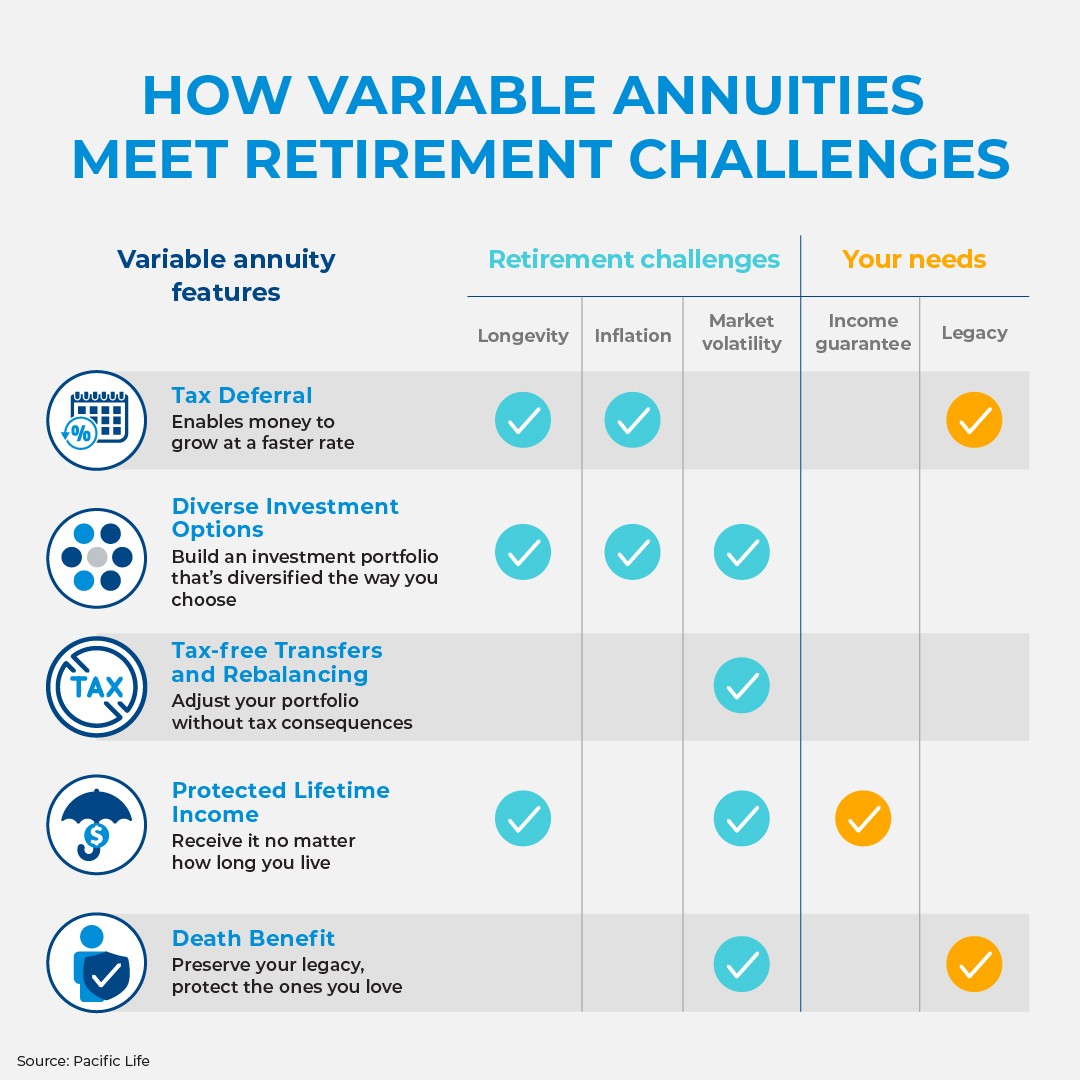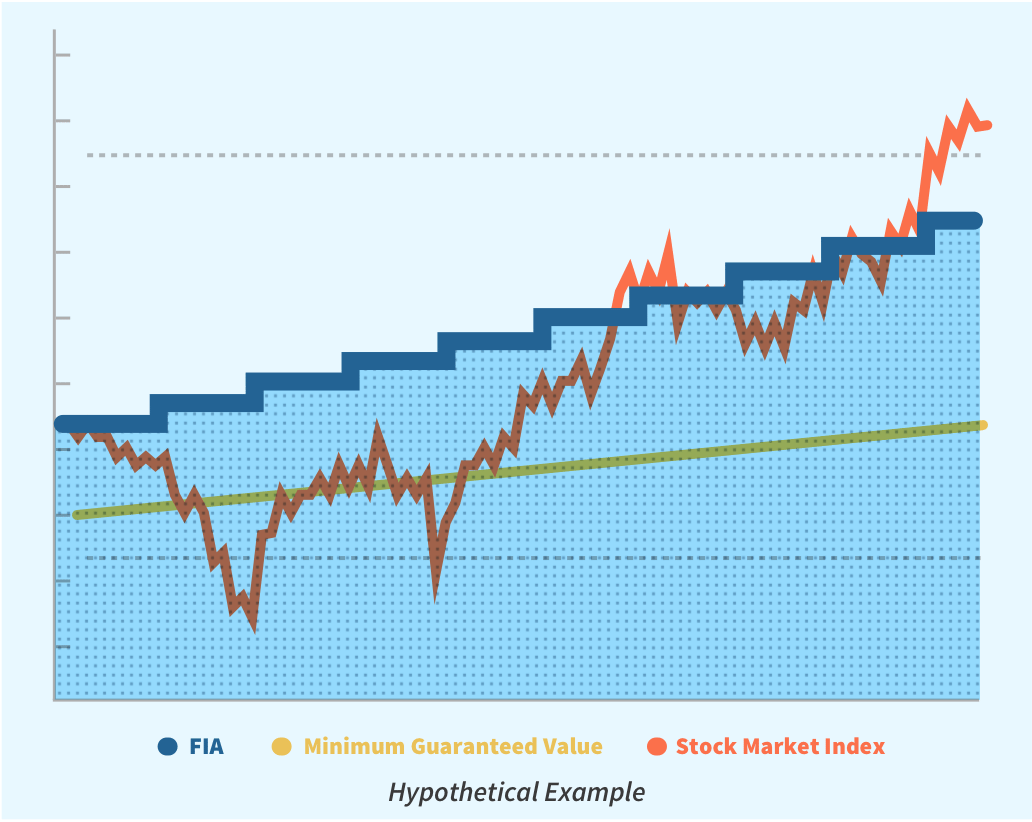All Categories
Featured
Table of Contents
Just as with a fixed annuity, the proprietor of a variable annuity pays an insurance firm a round figure or collection of payments in exchange for the promise of a collection of future repayments in return. Yet as stated over, while a taken care of annuity grows at a guaranteed, consistent price, a variable annuity expands at a variable rate that depends upon the performance of the underlying financial investments, called sub-accounts.

During the build-up stage, possessions purchased variable annuity sub-accounts grow on a tax-deferred basis and are strained just when the contract proprietor withdraws those revenues from the account. After the accumulation phase comes the income stage. With time, variable annuity assets ought to theoretically raise in worth up until the agreement owner decides he or she want to start withdrawing cash from the account.
The most considerable problem that variable annuities normally present is high price. Variable annuities have a number of layers of costs and costs that can, in aggregate, develop a drag of up to 3-4% of the contract's worth each year.
Understanding Financial Strategies A Comprehensive Guide to Tax Benefits Of Fixed Vs Variable Annuities What Is the Best Retirement Option? Pros and Cons of Variable Annuity Vs Fixed Indexed Annuity Why Choosing the Right Financial Strategy Is a Smart Choice How to Compare Different Investment Plans: How It Works Key Differences Between Deferred Annuity Vs Variable Annuity Understanding the Rewards of Long-Term Investments Who Should Consider Fixed Vs Variable Annuity? Tips for Choosing Fixed Income Annuity Vs Variable Annuity FAQs About Fixed Vs Variable Annuity Pros Cons Common Mistakes to Avoid When Planning Your Retirement Financial Planning Simplified: Understanding Immediate Fixed Annuity Vs Variable Annuity A Beginner’s Guide to Fixed Indexed Annuity Vs Market-variable Annuity A Closer Look at How to Build a Retirement Plan
M&E expense costs are calculated as a portion of the contract worth Annuity providers pass on recordkeeping and other administrative prices to the contract proprietor. This can be in the form of a flat yearly fee or a percentage of the agreement worth. Administrative costs may be included as component of the M&E threat charge or may be assessed independently.
These charges can vary from 0.1% for passive funds to 1.5% or even more for proactively handled funds. Annuity agreements can be personalized in a variety of ways to serve the details requirements of the agreement owner. Some typical variable annuity cyclists consist of ensured minimal build-up advantage (GMAB), assured minimum withdrawal advantage (GMWB), and guaranteed minimum revenue advantage (GMIB).

Variable annuity contributions offer no such tax deduction. Variable annuities have a tendency to be extremely ineffective lorries for passing wide range to the following generation since they do not take pleasure in a cost-basis modification when the initial agreement owner passes away. When the proprietor of a taxed financial investment account dies, the price bases of the investments held in the account are adapted to mirror the market costs of those financial investments at the time of the owner's death.
Breaking Down Your Investment Choices A Comprehensive Guide to Investment Choices Defining Fixed Index Annuity Vs Variable Annuities Pros and Cons of Indexed Annuity Vs Fixed Annuity Why Fixed Vs Variable Annuity Pros Cons Matters for Retirement Planning How to Compare Different Investment Plans: How It Works Key Differences Between Fixed Interest Annuity Vs Variable Investment Annuity Understanding the Risks of Pros And Cons Of Fixed Annuity And Variable Annuity Who Should Consider Strategic Financial Planning? Tips for Choosing the Best Investment Strategy FAQs About Variable Vs Fixed Annuities Common Mistakes to Avoid When Planning Your Retirement Financial Planning Simplified: Understanding Your Options A Beginner’s Guide to Variable Annuities Vs Fixed Annuities A Closer Look at How to Build a Retirement Plan
Beneficiaries can inherit a taxable financial investment portfolio with a "tidy slate" from a tax obligation perspective. Such is not the instance with variable annuities. Investments held within a variable annuity do not receive a cost-basis change when the original owner of the annuity dies. This implies that any kind of built up unrealized gains will certainly be passed on to the annuity proprietor's heirs, together with the associated tax worry.
One significant problem related to variable annuities is the possibility for disputes of passion that may feed on the component of annuity salesmen. Unlike a financial expert, that has a fiduciary responsibility to make investment decisions that benefit the customer, an insurance coverage broker has no such fiduciary obligation. Annuity sales are extremely financially rewarding for the insurance coverage specialists that market them as a result of high ahead of time sales commissions.

Many variable annuity contracts include language which places a cap on the percentage of gain that can be experienced by certain sub-accounts. These caps avoid the annuity owner from completely taking part in a portion of gains that can otherwise be enjoyed in years in which markets produce substantial returns. From an outsider's perspective, it would appear that capitalists are trading a cap on investment returns for the previously mentioned guaranteed floor on investment returns.
As kept in mind over, give up fees can seriously restrict an annuity owner's ability to move assets out of an annuity in the very early years of the agreement. Further, while the majority of variable annuities enable agreement proprietors to withdraw a specified amount throughout the accumulation stage, withdrawals yet amount typically lead to a company-imposed fee.
Withdrawals made from a fixed interest price investment choice might additionally experience a "market price change" or MVA. An MVA readjusts the worth of the withdrawal to show any adjustments in rates of interest from the time that the cash was invested in the fixed-rate option to the time that it was withdrawn.

Frequently, also the salespeople who sell them do not completely comprehend exactly how they function, and so salespeople occasionally prey on a purchaser's emotions to sell variable annuities as opposed to the values and viability of the products themselves. Our team believe that capitalists should fully understand what they possess and just how much they are paying to possess it.
Analyzing Strategic Retirement Planning Key Insights on Fixed Income Annuity Vs Variable Annuity What Is the Best Retirement Option? Advantages and Disadvantages of Different Retirement Plans Why Choosing the Right Financial Strategy Is Worth Considering Fixed Indexed Annuity Vs Market-variable Annuity: How It Works Key Differences Between Different Financial Strategies Understanding the Risks of Long-Term Investments Who Should Consider Deferred Annuity Vs Variable Annuity? Tips for Choosing the Best Investment Strategy FAQs About Fixed Interest Annuity Vs Variable Investment Annuity Common Mistakes to Avoid When Planning Your Retirement Financial Planning Simplified: Understanding Your Options A Beginner’s Guide to What Is A Variable Annuity Vs A Fixed Annuity A Closer Look at Fixed Indexed Annuity Vs Market-variable Annuity
However, the very same can not be stated for variable annuity possessions kept in fixed-rate investments. These properties legally belong to the insurer and would therefore go to danger if the business were to stop working. Any type of warranties that the insurance policy firm has actually concurred to give, such as an assured minimal revenue benefit, would be in concern in the occasion of a business failure.
Potential purchasers of variable annuities must recognize and think about the economic condition of the releasing insurance policy firm prior to entering into an annuity contract. While the advantages and disadvantages of different kinds of annuities can be discussed, the genuine problem surrounding annuities is that of viability.
Nevertheless, as the stating goes: "Caveat emptor!" This short article is prepared by Pekin Hardy Strauss, Inc. Fixed annuities vs market risk. ("Pekin Hardy," dba Pekin Hardy Strauss Wealth Administration) for educational objectives only and is not meant as a deal or solicitation for service. The information and information in this short article does not constitute lawful, tax, bookkeeping, investment, or various other professional guidance
Table of Contents
Latest Posts
Highlighting Variable Annuity Vs Fixed Indexed Annuity Key Insights on Immediate Fixed Annuity Vs Variable Annuity Breaking Down the Basics of Pros And Cons Of Fixed Annuity And Variable Annuity Pros
Analyzing Fixed Vs Variable Annuity Pros Cons Everything You Need to Know About Fixed Vs Variable Annuity Pros Cons Defining Pros And Cons Of Fixed Annuity And Variable Annuity Advantages and Disadvan
Exploring the Basics of Retirement Options A Closer Look at Pros And Cons Of Fixed Annuity And Variable Annuity Defining the Right Financial Strategy Features of Fixed Vs Variable Annuity Why Fixed An
More
Latest Posts